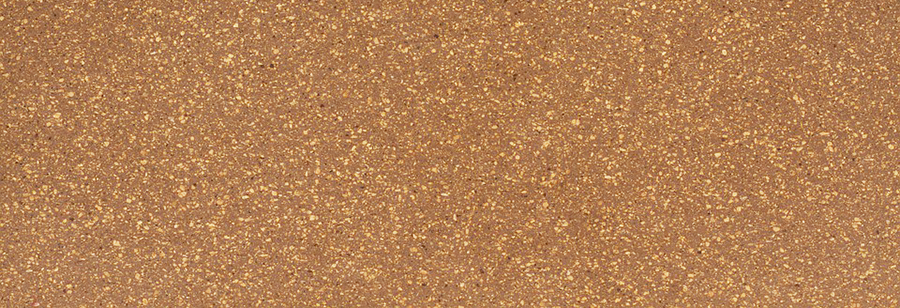Cork in construction
Cork is a product most commonly harvested from the outer bark of the cork oak (Quercus Suber), a thick soft spongy phellem, it also has an inner bark allowing it to survive when the outer bark is removed and regrow the outer bark cover over a number of years. After the first 25 years, bark regrowth of the tree takes around 9 years to regenerate making the cork material a rapidly renewable material, which also doesn't damage the tree from which it is harvested. The Cork Oak lives for about 150 - 200 years on average meaning that it will be harvested about 15 times over its lifecycle.
This ability for the tree to survive, regenerate and sequester carbon during growth along with the fact that the harvesting process does not damage or disturb the soils around the tree or the animal habitat of the tree makes it appealing as a sustainable material.
Cork has been harvested and used for over 5000 years from the Ancient Greeks to the Egyptians, Persians and Chinese, prized for its strength, water resistance and ability to float on water. It was used in sea faring vessels, small floatation devices for fishing, in the crafting of shoes, and in the manufacture of drink bottle stoppers, as well as in the construction buildings for insulation and flooring.
Today many of these use still continue to some extent, in terms of construction, cork is possibly most commonly associated with cork flooring, though it is also available as insulation blocks, sheets and also aggregate. Today the term cork may refer to other types of products than just natural cork, such as; expanded cork, agglomerated cork, cork polymers or reconstituted cork.
Expanded cork is made from cork granules which are bonded together usually using the same resins found in the cork itself. This allows larger sheets or blocks of cork to be created, than is usually possible with raw cork sheets from the tree. Agglomerated cork also uses cork granules but these are bonded together with a synthetic polyurethane bonding agent, the cork granules are usually classified in terms of density, to create different products such as flooring. Cork polymer are another way to describe agglomerated cork, sometimes with differing glued elements and reconstituted cork describes any of the above because it is formed from cork that has be ground into granules and reconstituted into another product.
[edit] Related articles on Designing Buildings
- Carbon sequestration.
- Construction innovation.
- Cork flooring.
- Innovate UK.
- Innovation in construction projects.
- Cork House.
- Insulation for ground floors.
- Polyurethane in construction.
- Resilient flooring.
- Sustainable home.
- Types of flooring.
- The five weirdest materials in construction.
- Types of rapidly renewable content.
- Whole-life costs for buildings WLC.
- Wood and the future home.
Featured articles and news
RTPI leader to become new CIOB Chief Executive Officer
Dr Victoria Hills MRTPI, FICE to take over after Caroline Gumble’s departure.
Social and affordable housing, a long term plan for delivery
The “Delivering a Decade of Renewal for Social and Affordable Housing” strategy sets out future path.
A change to adoptive architecture
Effects of global weather warming on architectural detailing, material choice and human interaction.
The proposed publicly owned and backed subsidiary of Homes England, to facilitate new homes.
How big is the problem and what can we do to mitigate the effects?
Overheating guidance and tools for building designers
A number of cool guides to help with the heat.
The UK's Modern Industrial Strategy: A 10 year plan
Previous consultation criticism, current key elements and general support with some persisting reservations.
Building Safety Regulator reforms
New roles, new staff and a new fast track service pave the way for a single construction regulator.
Architectural Technologist CPDs and Communications
CIAT CPD… and how you can do it!
Cooling centres and cool spaces
Managing extreme heat in cities by directing the public to places for heat stress relief and water sources.
Winter gardens: A brief history and warm variations
Extending the season with glass in different forms and terms.
Restoring Great Yarmouth's Winter Gardens
Transforming one of the least sustainable constructions imaginable.
Construction Skills Mission Board launch sector drive
Newly formed government and industry collaboration set strategy for recruiting an additional 100,000 construction workers a year.
New Architects Code comes into effect in September 2025
ARB Architects Code of Conduct and Practice available with ongoing consultation regarding guidance.
Welsh Skills Body (Medr) launches ambitious plan
The new skills body brings together funding and regulation of tertiary education and research for the devolved nation.
Paul Gandy FCIOB announced as next CIOB President
Former Tilbury Douglas CEO takes helm.
UK Infrastructure: A 10 Year Strategy. In brief with reactions
With the National Infrastructure and Service Transformation Authority (NISTA).























